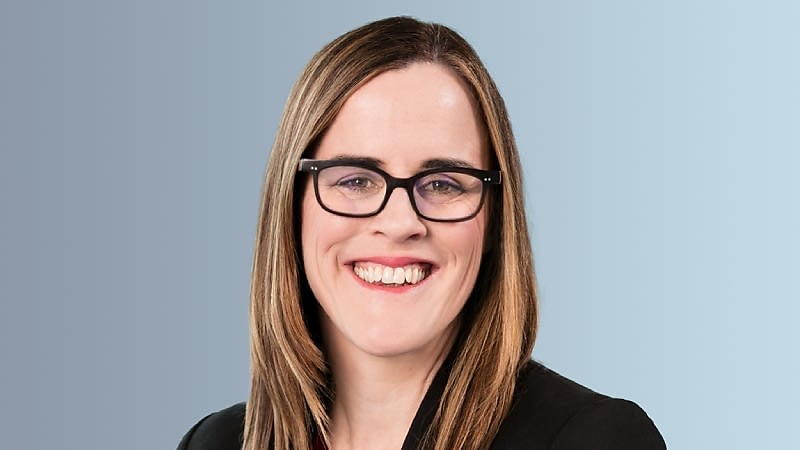Consider options for excess contributions: specialist
There are two options to consider if a member has excess concessional contributions, a leading technical specialist has said.
Annie Dawson, senior SMSF specialist with Heffron, said members often get worried about excess concessional contributions, especially if they are the result of a lump sum payout, such as from a redundancy.
“[If there is an excess] it’s not that bad, technically,” Dawson said.
“What will happen is the individual will get a notice from the ATO once they've worked out that they do have excess concessionals, and they match off the individual return with the super fund return that's been lodged.
“Then they'll work out that there is an excess and write to the member and will automatically amend the assessment to include those excess concessional contributions as income.”
She added that the contributions would be taxed at marginal tax rates and Medicare, less the 15 per cent tax offset.
“That's just a done deal that automatically happens, and we can't do anything about that. The real options come back down to a couple of things. One is whether or not you want to ask the trustee to refund those excess concessional contributions.”
“When the ATO issues the member with the bill, they can nominate to ask the fund trustee to release those excess concessional contributions.”
The trustee will then need to wait for the ATO to send a release authority through SuperStream, which is the fund's direction that it must release those excess concessional contributions back to the ATO.
“The ATO will withhold the money it needs to cover the tax bill, and then give the member the rest. The reasons why people might choose that as an option is because they want the cash to pay the extra tax or to pay all the other bills,” Dawson said.
“Another reason why they might want to make that choice of having those excess concessional contributions released is because they don't want to have any more contributions counted towards their non-concessional cap.”
Dawson said if a member has excess concessional contributions and does nothing, they will stay in the fund and count towards the member's non-concessional cap.
“They stay as concessional contributions, because that's what they are. They count towards the concessional cap, but now they also count towards the member's non-concessional cap, and that might be fine.”
“If a member doesn't have other non-concessionals, they're not going to have an excess non-concessional triggered as a result, they might be fine to not make an election.”
Lyn Formica, head of technical and education for Heffron, added that if the lump sum payment occurred in June and it was to a member in an SMSF, the member could look at a reserving strategy.
“This is where, essentially, the contribution would come into the fund and the trustee would resolve to not allocate it to the member's account in June. You would use the rules that say you don't need to allocate the contribution until the 20th day of the following month,” Formica added.
“If you do that, then you’re pushing it for cap purposes until the following financial year and the contribution would count for tax deduction for the employer.”


